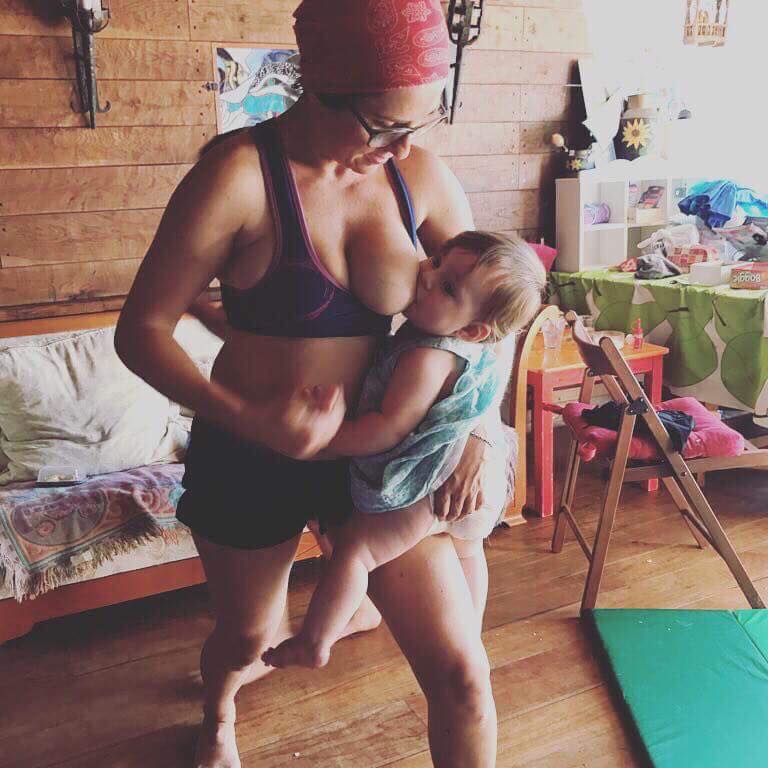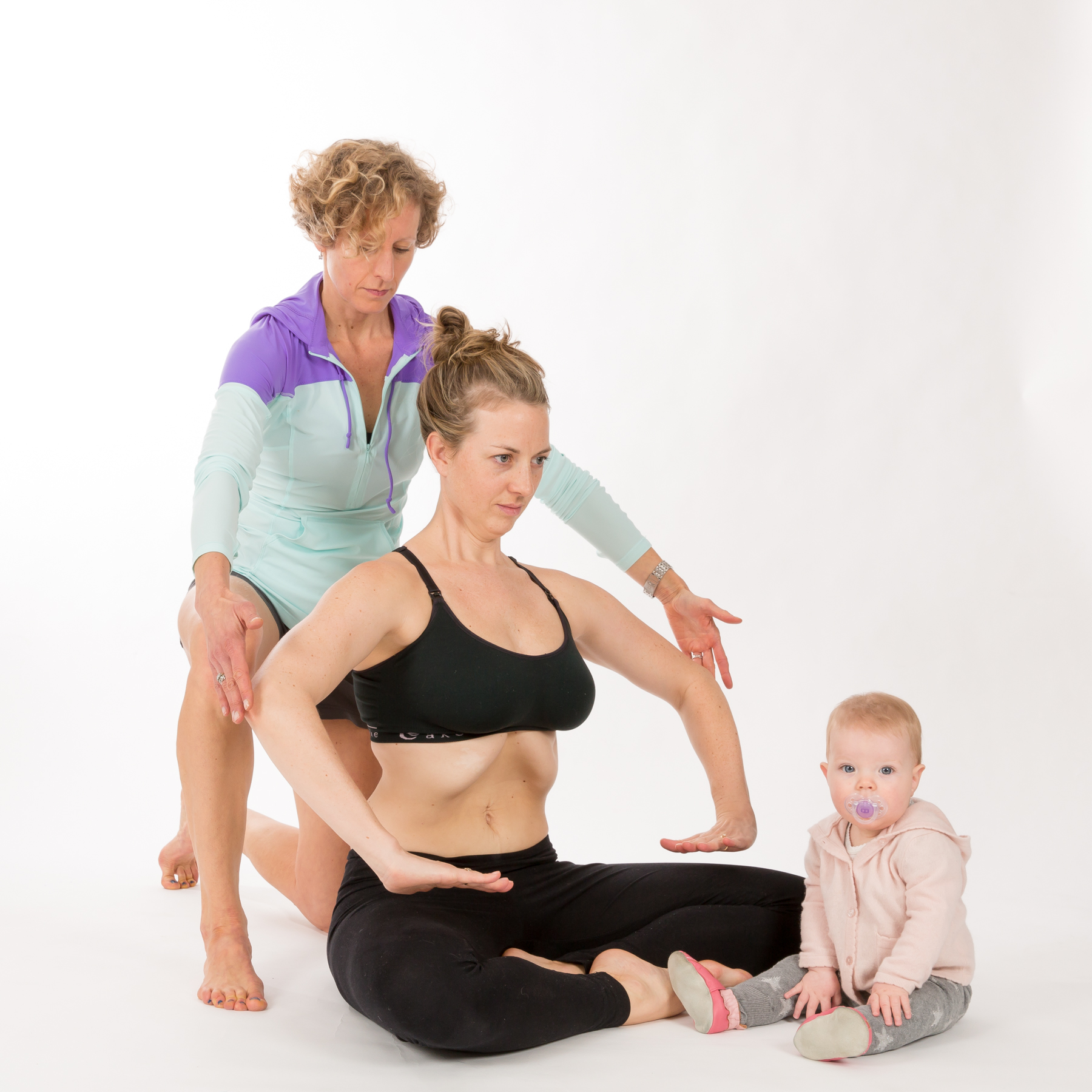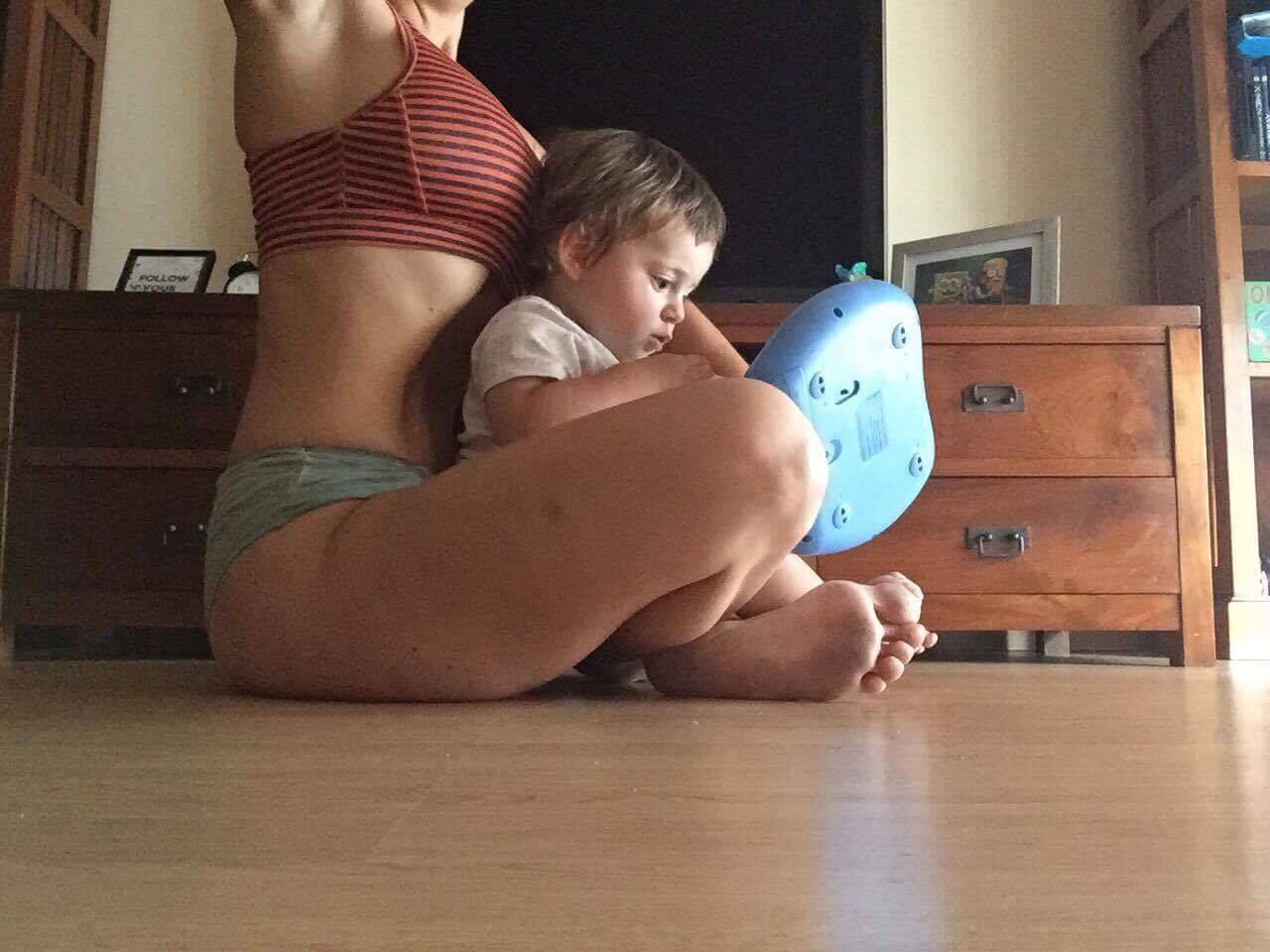Hypopressive exercise has been suggested as an alternative rehabilitation tool for abdominal and pelvic floor postnatal recovery. Nowadays, hypopressives are widely prescribed by health and fitness professionals during the postpartum period in many European countries. However, there is a lack of scientific literature about the optimal time to start a hypopressive program after delivery. Therefore, the purpose of this article is to address some of the common questions we receive at Low Pressure Fitness regarding this topic. Among the most frequent questions about postpartum and hypopressive training we highlight the following:
- How soon after giving birth can I start my hypopressive training?
- Can I do hypopressives if I am breastfeeding?
- Can I do hypopressives if I had a c-section?

At present, there are no randomized controlled trials on the long-term effects of hypopressives during the postpartum period. Additionally, there are different opinions regarding the best time to start these exercises. Opinions vary from beginning immediately after delivery to waiting until the late postpartum period. Here we summarize opinions from different experts on this important topic.
What do professional associations say?
The puerperium corresponds to the period right after delivery. That is, the first week after giving birth. It extends from the first day to the tenth day after the baby is born. The late puerperium period includes day 11 through day 42. While the remote puerperium makes reference to day 43 onwards. The following period, generally called late postpartum, starts in week six or 40 days following birth (the famous quarantine). Of note, the postpartum period can last up to six to twelve months after giving birth.
The guidelines from the Spanish Association for Physical Therapy for the late postpartum period recommend starting hypopressive training six weeks after delivery. They state “abdominal exercising should always be hypopressive”. Regarding the puerperium (first 48 hours-first week), this association suggests that women should avoid traditional abdominal exercises and perform hypopressives.

On the other hand, the Professional Guide for Mothers’ and Fathers’ Education in Pregnancy and Childbirth, coordinated by the Service for Assistance Coordination and Care, recommends hypopressive exercise only during the late postpartum period (from the sixth week onwards). The Ministry shares a similar view for Health and Social Services of the regional government of Cantabria (Spain). They state in their guidelines that women should perform hypopressive exercise during the postpartum period, specifically 30 to 45 days after delivery (the quarantine).
During the postpartum period, it is advisable to seek guidance and instruction from an exercise professional
Our Delivery emphasizes that once the quarantine is over, it is important to practice kegel exercises and hypopressives with the supervision of a physical therapist who can explain how to perform the exercises properly. Our Delivery also recommends Kegel and hypopressive exercise to women who had a cesarean section.
Tamara Rial, PhD, Director of Low Pressure Fitness, suggests that when there is no medical contraindication to exercise, hypopressive training can start after the quarantine (six weeks postpartum). However, in the case of surgical procedures such as a caesarean section, it is advisable to wait three months. It is also important to visit a health care provider after delivery and to check the pelvic floor prior to commencing a postnatal fitness program.

During the postpartum period, it is advisable to seek guidance and instruction from an exercise professional who can adapt the program and address individual needs. To find a certified Low Pressure Fitness specialist visit our online directory.
Author:
Dr. Tamara Rial